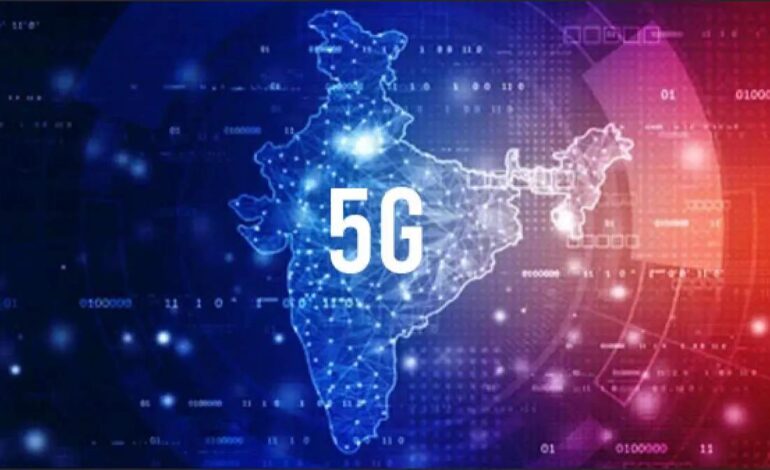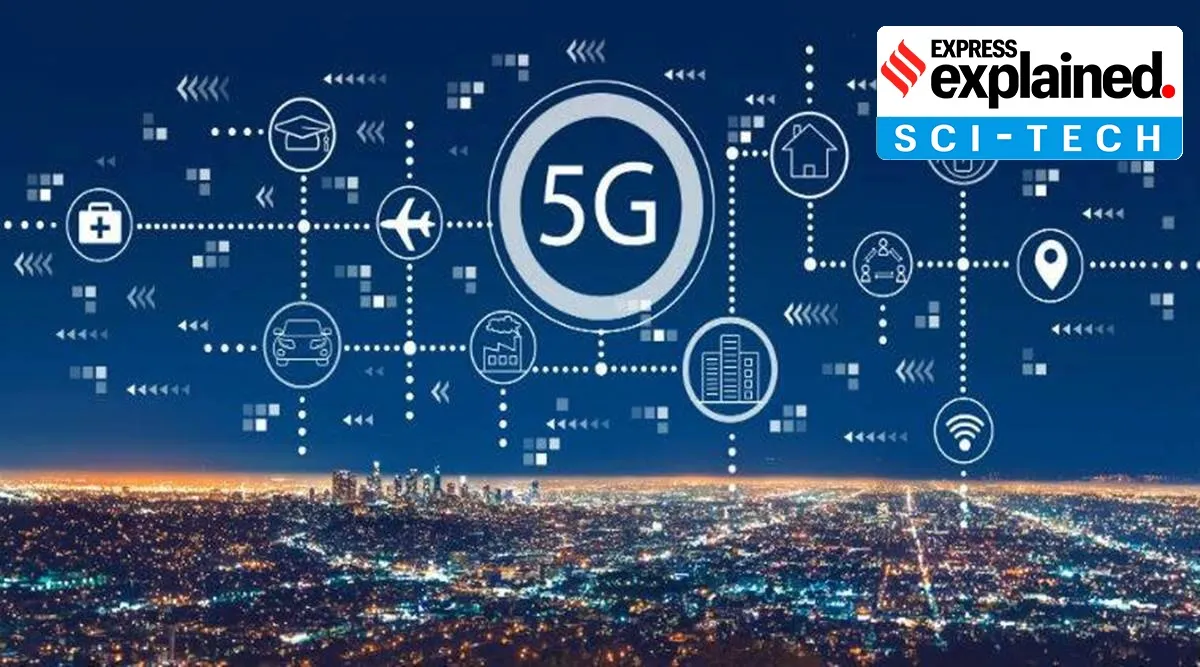India’s 5G Revolution: What’s Coming

The 5G Revolution Arrives: What India Needs to Know
For years, we’ve been hearing about 5G – the next generation of wireless technology promising blazing-fast speeds, ultra-low latency, and a connected experience unlike anything we’ve seen before. Now, the 5G rollout in India is well underway, and it’s poised to dramatically reshape how we live, work, and interact with the world around us. But what does this actually *mean* for the average Indian consumer and businesses? This post will delve deep into the current state of 5G in India, what you can expect, the challenges ahead, and the potential impact across various sectors.
Understanding 5G: Beyond Just Faster Speeds
It’s easy to get caught up in the hype surrounding 5G speeds, and yes, they are significantly faster than 4G – potentially 10 to 100 times faster in ideal conditions. However, 5G is much more than just a speed upgrade. The core benefits stem from three key areas:
- Enhanced Mobile Broadband (eMBB): This is what delivers those faster speeds, allowing for seamless streaming of high-definition video, immersive virtual reality experiences, and quicker downloads.
- Ultra-Reliable Low Latency Communications (URLLC): Latency refers to the delay between sending a request and receiving a response. 5G drastically reduces this delay, making it crucial for applications like remote surgery, autonomous vehicles, and industrial automation.
- Massive Machine Type Communications (mMTC): This enables the connection of a vast number of devices – think billions – with low power consumption. This is the foundation for the Internet of Things (IoT), connecting everything from smart appliances to sensors in agriculture.
These three pillars combined unlock a whole new world of possibilities, extending far beyond simply browsing the web on your phone.
The Current State of 5G in India: A Phased Rollout
The Indian government auctioned off 5G spectrum in 2022, and major telecom operators – Reliance Jio, Bharti Airtel, and Vodafone Idea – have been aggressively rolling out their 5G networks since then. However, it’s important to understand that this rollout is happening in phases.
Initially, the focus has been on major cities and urban areas. Airtel and Jio were the first to launch 5G services, followed by Vodafone Idea. Coverage is expanding rapidly, but it’s not yet ubiquitous. The rollout strategy involves a combination of:

- Non-Standalone (NSA) Mode: This is the initial phase, where 5G networks rely on existing 4G infrastructure. It provides faster speeds than 4G but doesn’t fully utilize the potential of 5G.
- Standalone (SA) Mode: This is the ultimate goal, where 5G networks operate independently, unlocking the full benefits of low latency and massive connectivity. The transition to SA mode is ongoing.
As of late 2023/early 2024, coverage is significantly improved, but rural areas still lag behind. The government is actively working to accelerate the rollout to ensure that the benefits of 5G reach all corners of the country.
What Can You Expect as a Consumer?
For the average smartphone user, the most immediate benefit of 5G is faster internet speeds. This translates to:
- Faster Downloads & Uploads: Download movies in seconds, upload high-resolution photos and videos instantly.
- Seamless Streaming: Enjoy buffer-free streaming of 4K and even 8K video content.
- Improved Gaming Experience: Experience lag-free online gaming with reduced latency.
- Enhanced Video Conferencing: Enjoy clearer and more reliable video calls.
However, to take advantage of 5G, you’ll need a 5G-enabled smartphone and a 5G SIM card. Most new smartphones released in the past couple of years are 5G compatible. Telecom operators typically offer easy SIM upgrade options.
The Impact on Businesses and Industries
The impact of 5G extends far beyond individual consumers. It’s poised to revolutionize various industries:
- Manufacturing: 5G enables smart factories with connected sensors, robots, and automated processes, leading to increased efficiency and reduced costs.
- Healthcare: Remote surgery, telemedicine, and real-time patient monitoring become more viable with 5G’s low latency and reliable connectivity.
- Agriculture: Smart farming techniques utilizing sensors, drones, and data analytics can optimize crop yields and resource management.
- Transportation: Autonomous vehicles, intelligent traffic management systems, and connected logistics are all powered by 5G.
- Education: Immersive learning experiences, virtual classrooms, and remote access to educational resources become more accessible.
- Entertainment: Augmented Reality (AR) and Virtual Reality (VR) applications will become more mainstream, offering new forms of entertainment and engagement.
Small and Medium Enterprises (SMEs) will also benefit from 5G, gaining access to affordable and reliable connectivity to compete more effectively in the digital economy.
Challenges and Roadblocks to 5G Adoption
Despite the immense potential, several challenges need to be addressed to ensure widespread 5G adoption in India:
- Infrastructure Costs: Deploying 5G infrastructure requires significant investment in new cell towers, fiber optic cables, and other equipment.
- Spectrum Availability: Ensuring sufficient spectrum availability is crucial for supporting the growing demand for 5G services.
- Fiberization: 5G networks rely heavily on fiber optic connectivity for backhaul. Expanding fiber infrastructure is essential.
- Affordability: Making 5G services affordable for all segments of the population is critical for inclusive growth.
- Digital Literacy: Raising awareness and promoting digital literacy is important to ensure that people can effectively utilize 5G technology.
- Security Concerns: Addressing security vulnerabilities and protecting user data are paramount.
The government is actively working to address these challenges through policies and initiatives aimed at promoting 5G infrastructure development and affordability.
The Future of 5G in India
The 5G rollout in India is just the beginning. As the network expands and matures, we can expect to see even more innovative applications and services emerge. The convergence of 5G with other technologies like Artificial Intelligence (AI), Machine Learning (ML), and the Internet of Things (IoT) will unlock unprecedented opportunities for economic growth and social development.
Looking ahead, 6G is already on the horizon, promising even faster speeds, lower latency, and more advanced capabilities. India needs to proactively prepare for the next generation of wireless technology to maintain its competitive edge in the global digital landscape. The 5G revolution is here, and India is poised to be a major player in shaping the future of connectivity.



